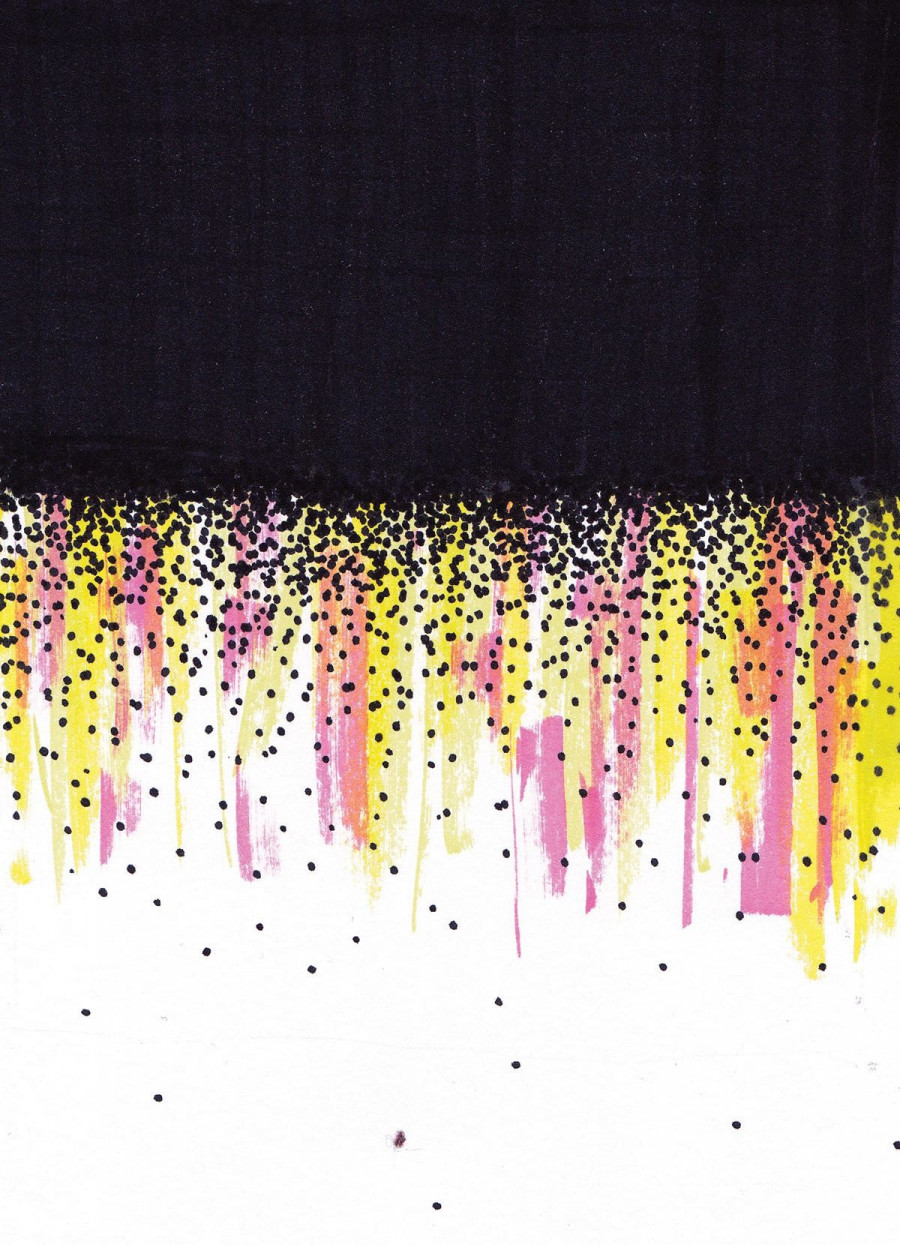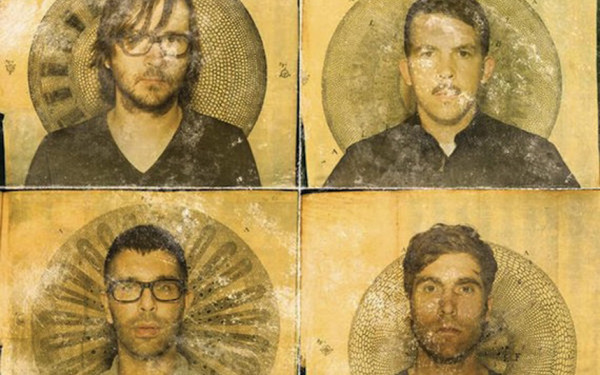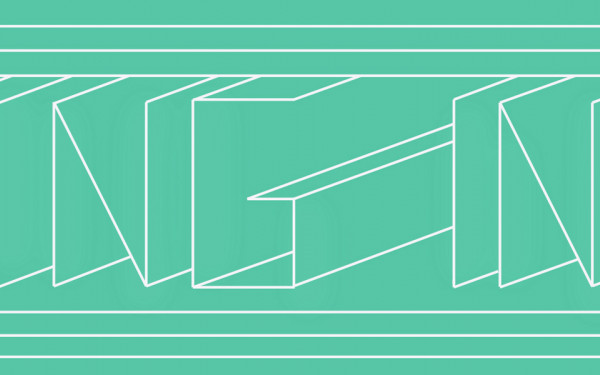Vipassana Meditation Is the Craziest Shit You’ll Ever Do
Misery is a complex thing.
More often than not, we know when we are feeling shitty. Less frequently, however, do we know the root of our suffering. Our aversion to facing ourselves perpetuates an inner climate of denial and sadness.
Following a conversation I had with a complete stranger about anxiety and coping mechanisms, I found myself walking through the doors of the Quebec Vipassana Meditation Centre in Montebello looking to understand myself and to find some kind of closure to things that I hadn’t yet resolved.
The typical Vipassana meditation course is drawn out over ten days. The practice is largely founded on the principle of accepting the present as it is. For the first three days, we practiced Anapana. Focusing solely on the triangular space around the nostrils and the cupid’s bow, the soft bit of skin above the upper lip, I learned to hone my awareness to feel subtle sensations in that area. For me, it felt like tiny flecks of electricity dancing across my face.
On day four, we learned to begin scanning our bodies from the top of our heads to the tips of our toes slowly, carefully. Through this simple technique, it’s believed that we can find inner peace and harmony.
The course is taught using recordings of the late S. N. Goenka, an Indian-Burmese practitioner of Vipassana Buddhism who spent the better part of his life teaching it. While course instructors are there to guide meditators personally, Goenka’s audio recordings and 1991 video discourses form the centrepiece.
In a place where you have little to do except be with yourself, all of the things that you normally would run from catch up to you. Nevertheless, meditating in silence for ten days showed me that the solutions to my most complex worries were actually pretty simple. This doesn’t mean it was easy.
Taking a Vipassana course is the most emotionally draining experience I’ve ever voluntarily put myself through. The meditation teaches you to unlearn habits of reaction, develop calmness of the mind and to accept reality as it is—not what you wish it to be.
Voluntarily signing up for a prison of silence is one thing, but actually following through with it takes a lot of courage.
“In a weird way, it makes me think of a young man or woman who is getting ready to go to war. In the final days before, they have no real idea of what they’ve gotten themselves into,” wrote my dad in one of his many emails to me during my ten-day absence. “It’s going to battle with your demons.”
We all struggle. I have been putting space between myself and my own struggle for a long time using one distraction or another. The nature of the meditation centre forced me to confront my traumas in an intensely intimate way.
When I got to the centre, I was running on amphetamines and two days without sleep, having just finished a to-do list that was longer than my list of fears. After signing a piece of paper where I agreed to stay at the centre for the entirety of the course, I promptly settled into my room and quickly fell into a much-needed and dreamless sleep.
After the first meditation session, we took a vow of silence. Goenka chanted in Pali—the sacred language of Theravada Buddhism—in a deep, grumbling voice. We shyly attempted to repeat his words. The delicate voices of sixty women gradually filled the meditation hall with a beautiful, harmonic sound until the chanting abruptly ended. We agreed not to speak, touch, or even look at each other for the next ten days. Twice a day, we ate in silence, the only sound the clinking of utensils against plates and bowls. A subtle smile from another meditator became a cherished yet outlawed interaction.
Each day brought a different storm. According to Goenka’s evening discourse, most people find that day two and six are the hardest. I mean, on the second day I saw a woman run outside into the darkness and never return, but we don’t need to talk about that.
On the third day, I found myself experimenting with meditation techniques I had learned in the past—something that the centre emphasizes you shouldn’t do. Forty-five minutes into the midday session, I lost myself in what, at the time seemed like the be-all-end-all of spiritual experiences—but which now I can only describe as terrifying. I felt a powerful vibration go through my body, and a gross sensation took over and swept me up into a sea of disturbing, DMT-esque mental imagery that seemed to promise—but never to deliver—enlightenment. I tried to speak with the instructor, Rachel, about it.
“You are supposed to focus on this area, nothing else,” she replied, circling her nose with her index finger. “You cannot bring your old practices here.”
“It was so powerful though, I—”
“Don’t argue with me,” she said sternly, cutting me off mid-explanation. Feeling angry, uncertain and unsafe, I went back to my room and thought about what gave her that authority. I resented Rachel for not validating what I’d experienced.
“With one leg on the white horse, the other leg on the black horse, you’re bound to fall through the middle,” I’d hear later that evening on the Goenka recording. I then realized that you had to dedicate yourself to one technique to allow it to work the way it’s supposed to.
I cried constantly throughout the week. Over a bowl of dhal at lunchtime, I burst into tears as I suddenly thought about my mom’s cooking. I wept in the meditation hall, muffling my sobs with my blanket, which I pulled over my head as terrible thoughts polluted my consciousness. I pictured my family dying, my loved ones committing horrible acts, and the world ending. I felt trapped by the unending and explosive chain of dark thoughts, reactions and misery.
The concept of “Sankara,” which loosely means “reaction,” explained my feeling of eternal misery. I pictured Sankara as a collection of little rocks in my stomach—miseries that piled up over the years. Sankara is your “craving” and “aversion.” It’s the reason why we’re all so sad, and apparently you can eradicate it through meditation.
I had to find an out from my Sankara, but I knew that there would be no relief in giving up. Leaving the course early would mean returning home with an open wound, so I decided that I would stay to try to close it.
As time went on, I found safety in the meditation and in the powerful beauty of a group of women silently confiding in each other. I grew fond of Rachel’s simple responses to my complex worries. I found a dormant creative energy within myself that I had forgotten existed. Put simply, I went into the void and came out known.



_600_375_90_s_c1.jpg)


_600_375_90_s_c1.jpg)